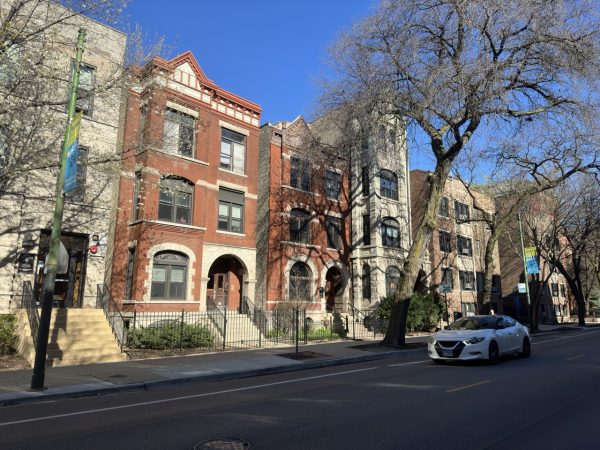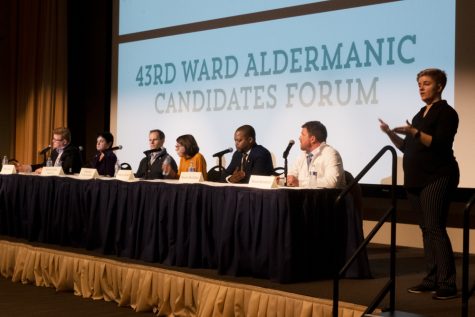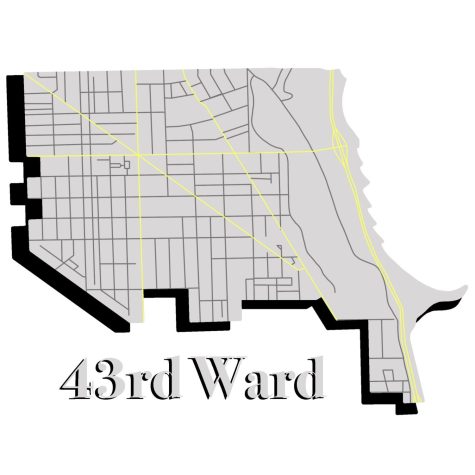Analysis: A simple ‘a’ led to major change in immigration law
In this June 29, 2020 file photo, the Supreme Court is seen on Capitol Hill in Washington. (AP Photo/Patrick Semansky)
On April 29, the Supreme Court made its final ruling in Niz-Chavez v. Garland. Justice Neil Gorsuch delivered the kind of opinion lawyers eat up — one so technical it hinged on the word “A.”
Niz-Chavez v. Garland is an immigration case that will change the requirements for the federal government to issue a “notice to appear” in court. A notice to appear is a document the government will send undocumented immigrants to notify them of a court appearance. Once someone gets their notice to appear, the time the government considers them to be residing in the United States stops. If those undocumented immigrants can prove that they have lived in the United States for more than 10 years before that document reaches their mailbox, they may be able to request to stay. If they don’t possess any requirements for the cancellation of removal to be accepted, they may have a lengthy legal battle ahead of them.
“A notice to appear for a deportation hearing has been stipulated as stopping the residency clock,” said DePaul political science professor Kathleen Arnold. “But in this decision, the Supreme Court recognized that the notices are often missing information and subject to lengthy waits.”
Agusto Niz-Chavez, originally from Guatemala, migrated to the United States in 2005. In 2013, he received a notice to appear that did not include the time or place of the proceedings. He later received a second notice to appear with that information included. Niz-Chavez applied for a cancellation of removal.
Previously, when the government sent someone a notice to appear, they didn’t have to send all the relevant information in one document, and that first document you received counted as the beginning of your “stopped” time. For example, someone could receive a document telling them that they needed to show up in court, but that document may not provide a date or time. A second document could show up three months later with the date and time stipulated.
The Court’s decision was reliant on the word “a” when determining that a single court document was necessary to trigger the stop-time rule.
“To use the indefinite article ‘a’ thus supplies some evidence that it used the term…as a discrete, countable thing,” the Court opinion read. “All of which suggests that the government must issue a single statutorily compliant document to trigger the stop-time rule.”
Now the government must send someone all of the documents regarding their court appearance at one time — meaning someone’s notice can’t just say that they have been summoned to court. It must also contain a date, time and other necessary information for the appearance. The government must send someone “a” single document containing that information.
James Fujimoto, an immigration law professor at DePaul and former immigration judge, said that this ruling may be very beneficial.
“The Supreme Court said ‘No, no, no, no, you can’t just keep dragging this on and you can’t just say you’ll fix it six months later,’” Fujimoto said. “You gotta do it right the first time.”
The United States began a new age of immigration policing in 1996 with the creation of the Illegal Immigration Reform and Immigration Responsibility Act, or IIRIRA.
Arnold said that IIRIRA and similar legislation have “increased the rightlessness of resident foreigners at the state level.”
“Migrants’ personhood rights at the state level have diminished or even disappeared, depending on the context,” Arnold said.
It’s unclear how many people will be affected by the Niz-Chavez verdict, Fujimoto said.
“We might be talking in the thousands, but in the grand scheme, when you consider there’s probably 11 million or more undocumented folks in the United States, and there’s certainly more than a million of them that are in deportation proceedings,” Fujimoto said.
Niz-Chavez v. Garland may also have created some legal loose ends.
“There’s still an unanswered question,” Fujimoto said about how many people the verdict will affect.
“I think it’s going to go back to the Supreme Court at some point again in the future,” Fujimoto added.
“People are going to read these decisions and they’re going to then argue, well wait a minute — so if you’re basically saying that the government didn’t do its duty, and that this document really doesn’t suffice to apply the stop time rule, saying basically the document that the government prepared was deficient, then why shouldn’t we just throw the whole case out of court, right?” he added.
And if that’s the case, Fujimoto said the implications would be “huge.”
“That’s hundreds and hundreds of thousands of cases that could get terminated or dismissed,” Fujimoto said. “I know if I were in that situation, if I were an advocate and doing federal court work, I know that’s where I would go.”

















